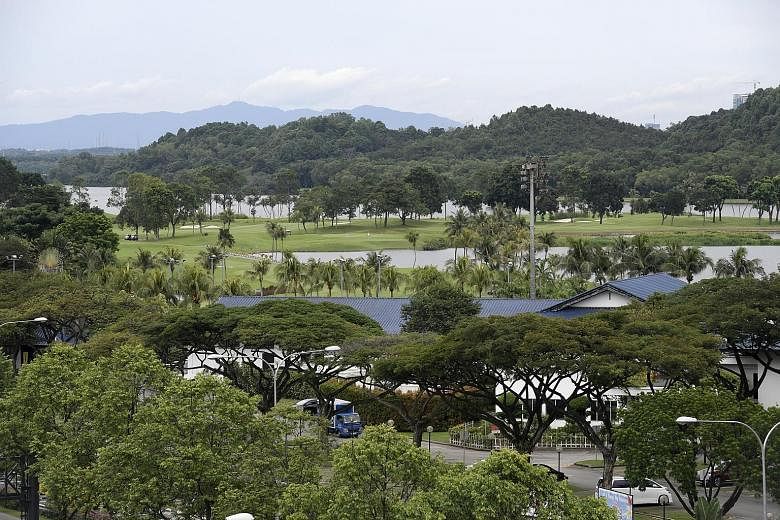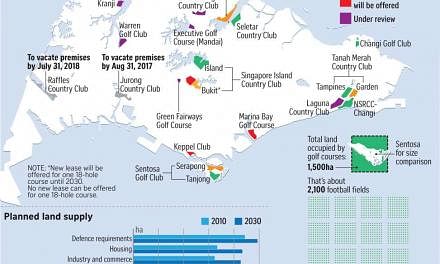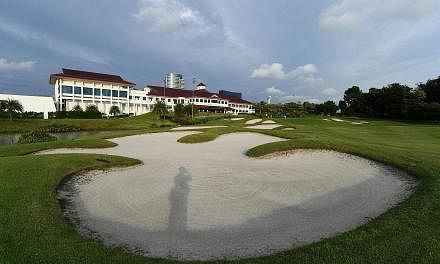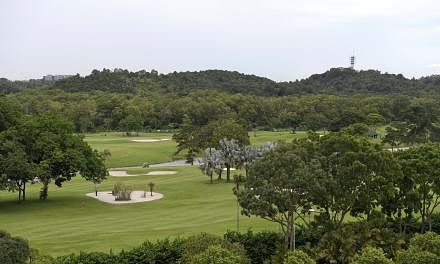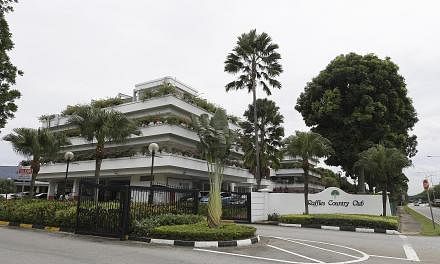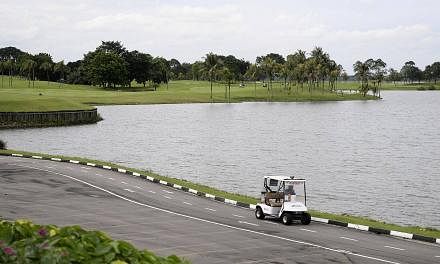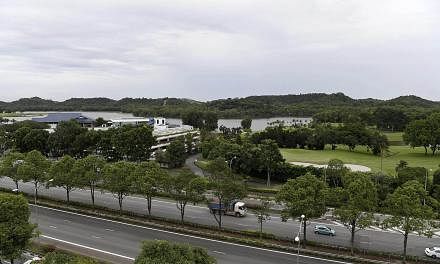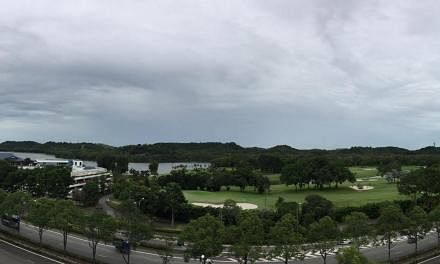Golfers might feel hard done by following the acquisitions of Raffles Country Club and Jurong Country Club, but such surprises are not likely to continue, said experts.
The two golf clubs are making way for the Kuala Lumpur-Singapore high-speed rail (HSR).
Long-term planning might not have included the need to set aside land for this relatively recent development, hence the "last resort" of acquisition, said private sector urban planner Sarah Lin.
"The (HSR) plans were only finalised in recent years," she noted.
The bilateral agreement for the HSR was inked last month following a memorandum of understanding in July, with the express service between both cities expected to be running by end-2026.
In contrast, most demands on the country's land resources are known and planned for in advance, so land acquisition should not usually be required, said Ms Lin.
So, for instance, Keppel Club's golf course, which will see its lease expire in 2021, occupies land that has been zoned for residential use in the Urban Redevelopment Authority's (URA) 2001 Concept Plan.
Land-scarce Singapore has long had to grapple with competing needs. And going ahead, as it looks to build long-term infrastructure for a growing population, eyes are on what land can be tapped.
Experts identify various sources: For instance, 800ha of land freed up by the relocation of Paya Lebar airbase and underused pockets of industrial land across Singapore.
More golf courses are also getting the chop.
In 2013, the Government indicated that it was looking to redevelop golf course land for other uses such as housing. Then, there were 18 courses occupying about 1,500ha. In 2014, the Ministry of Law announced that 219ha of land will be made available from 2030, when the leases on golf courses expire.
On Wednesday, Singapore Land Authority chief executive officer Tan Boon Khai stressed that golf courses were not being targeted for land acquisitions.
But development plans are taken into consideration when golf clubs' leases are reviewed, he added.
R'ST Research director Ong Kah Seng said in cases where push does come to shove, golf courses are probably low in priority.
Housing, infrastructure, economic and industrial uses will all take priority over lifestyle uses such as golfing, he added.
National University of Singapore Associate Professor Ho Kong Chong noted that golf courses are a low-intensity and inefficient use of scarce land.
Ms Lin said that besides golf courses, there are other nodes of land for further development, such as reclamation and redevelopment - not least from the relocation of Paya Lebar airbase.
Former chief planner Liu Thai Ker said: "When we developed the 1991 URA concept plan, we deliberately kept a bit of land undeveloped while outlining further reclamation efforts from the sea."
Existing land use can also be intensified, he added, citing industrial land in areas such as Jurong and Eunos. "We used to build cheap factories - single-storey shophouses with workshops. We can rebuild them and free up the space for other development. We can also look at intensifying building upwards."
